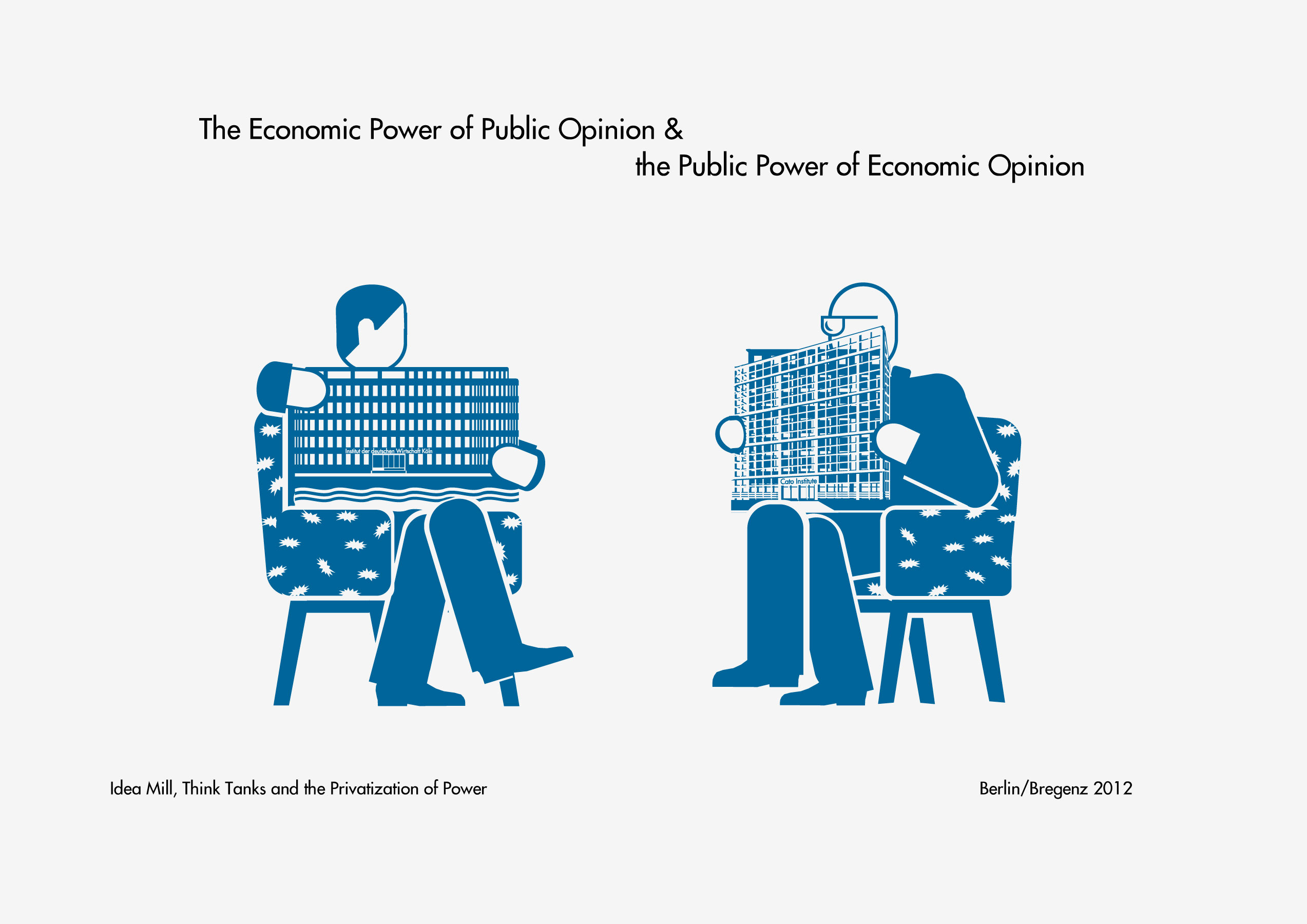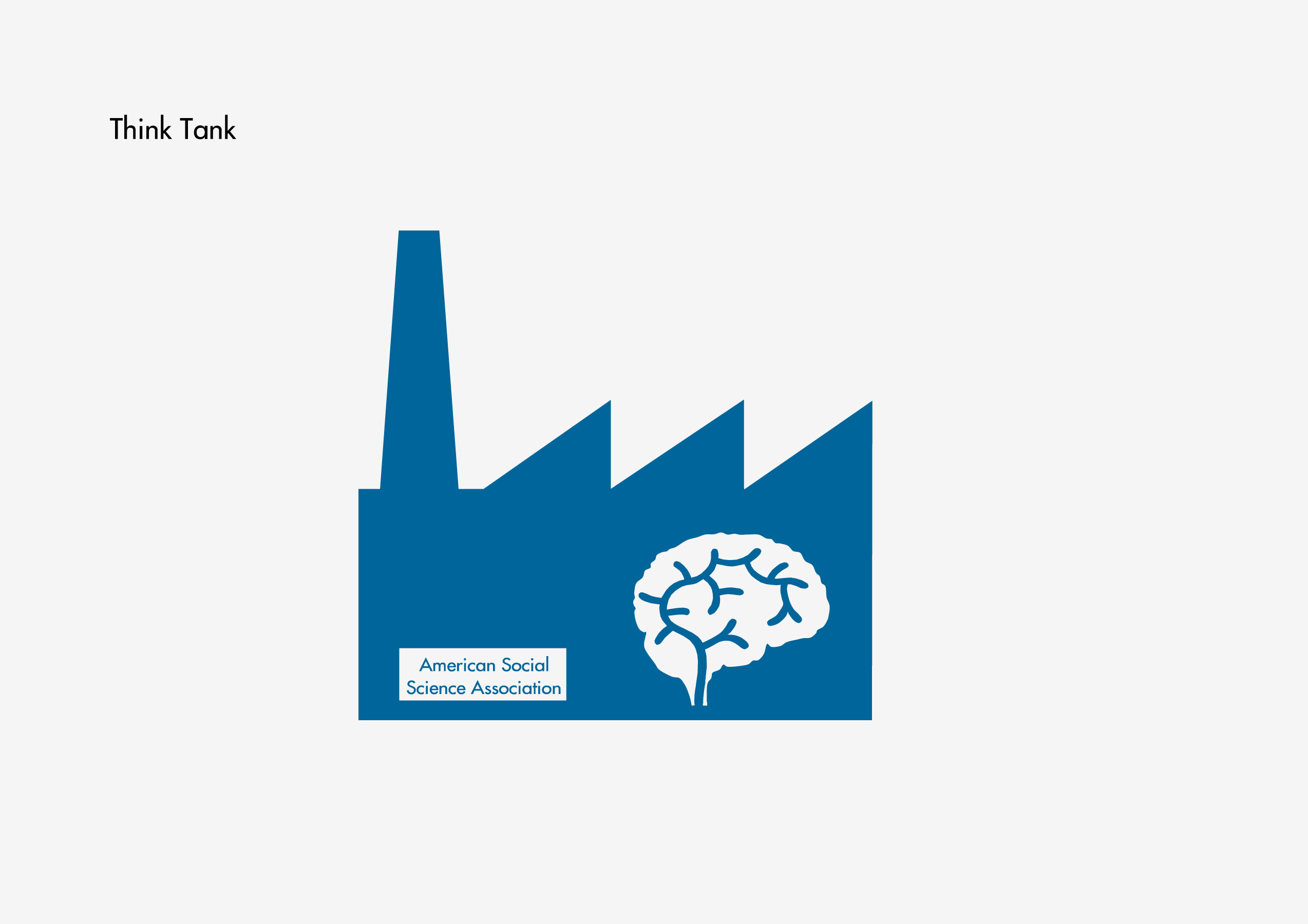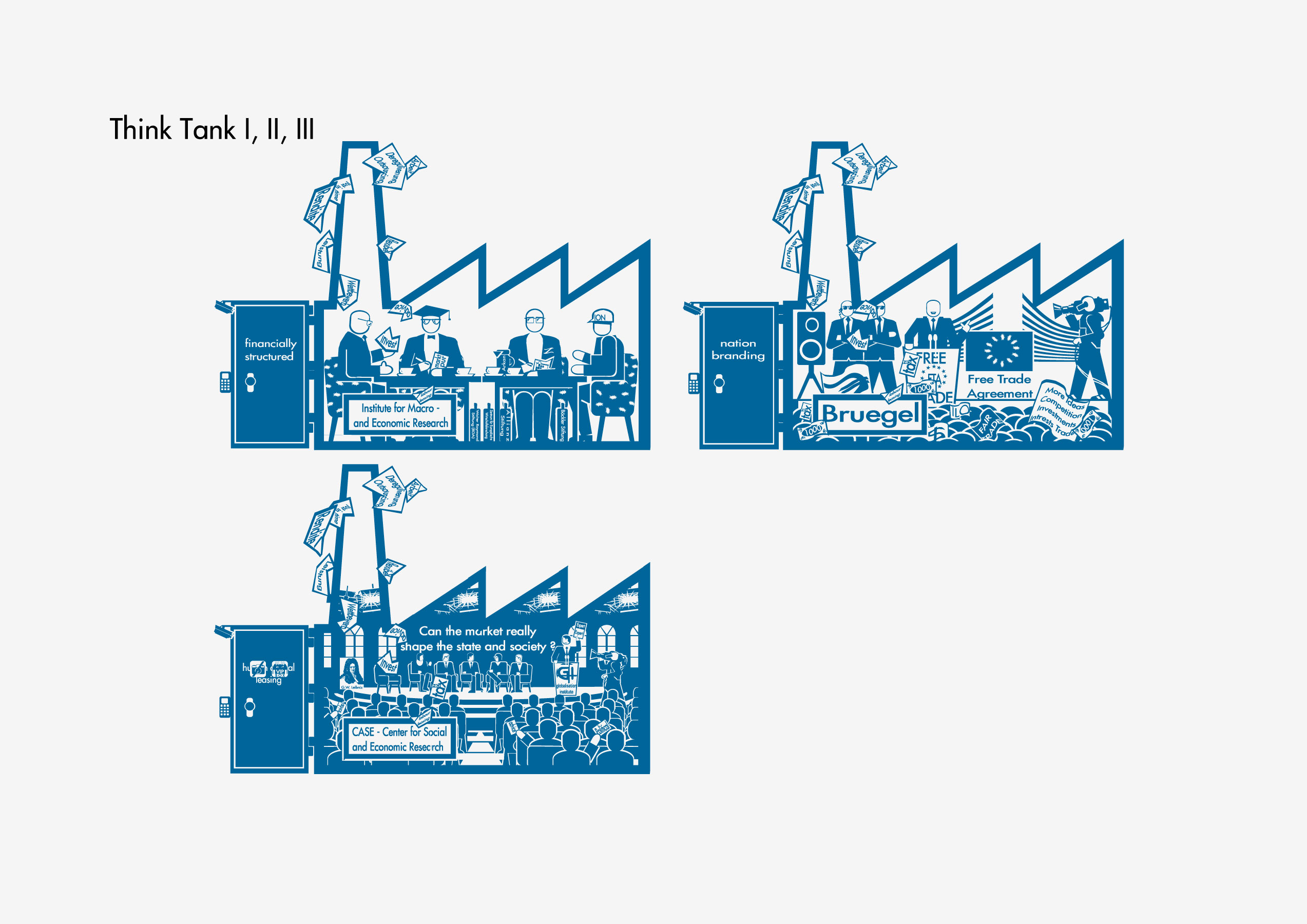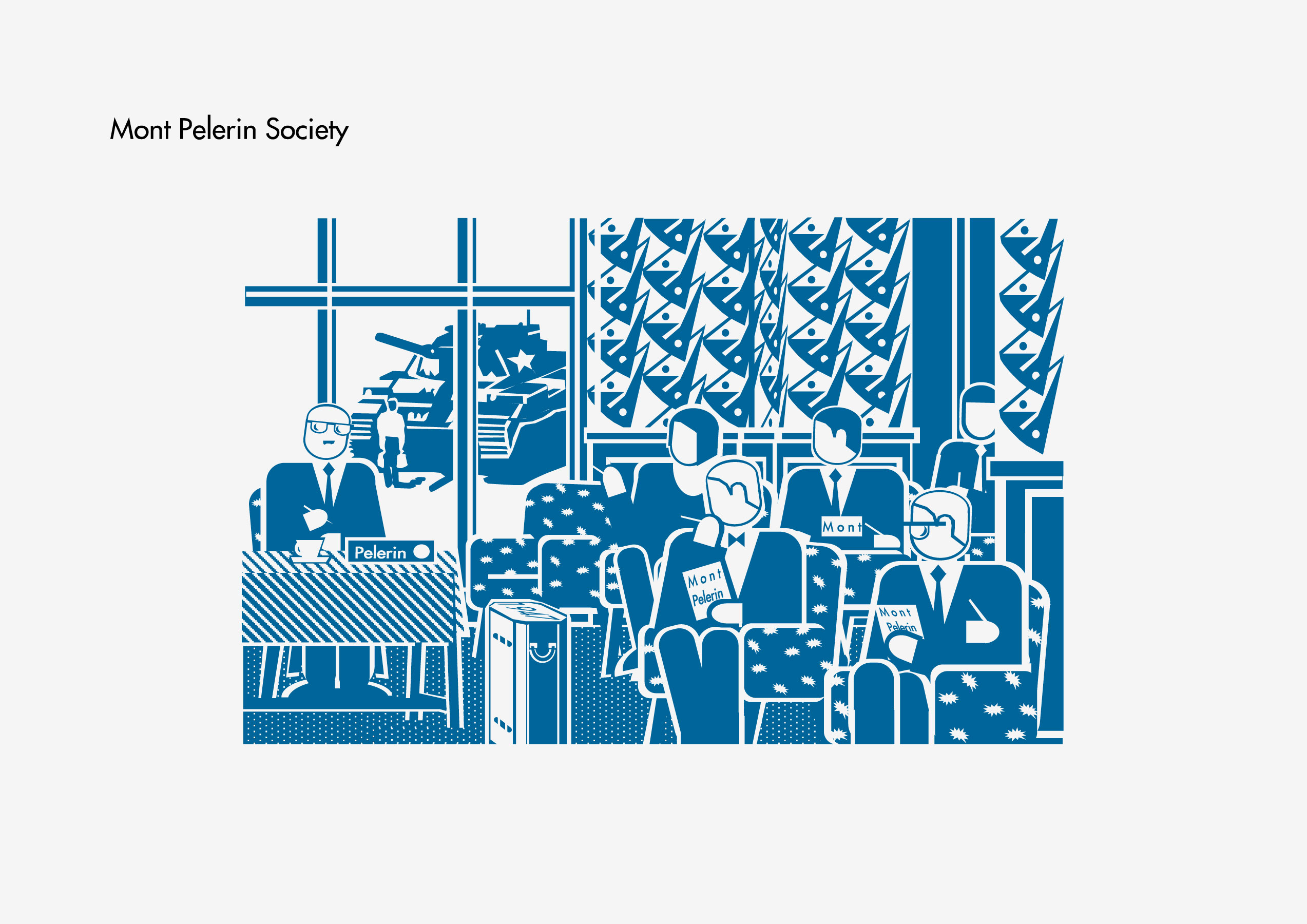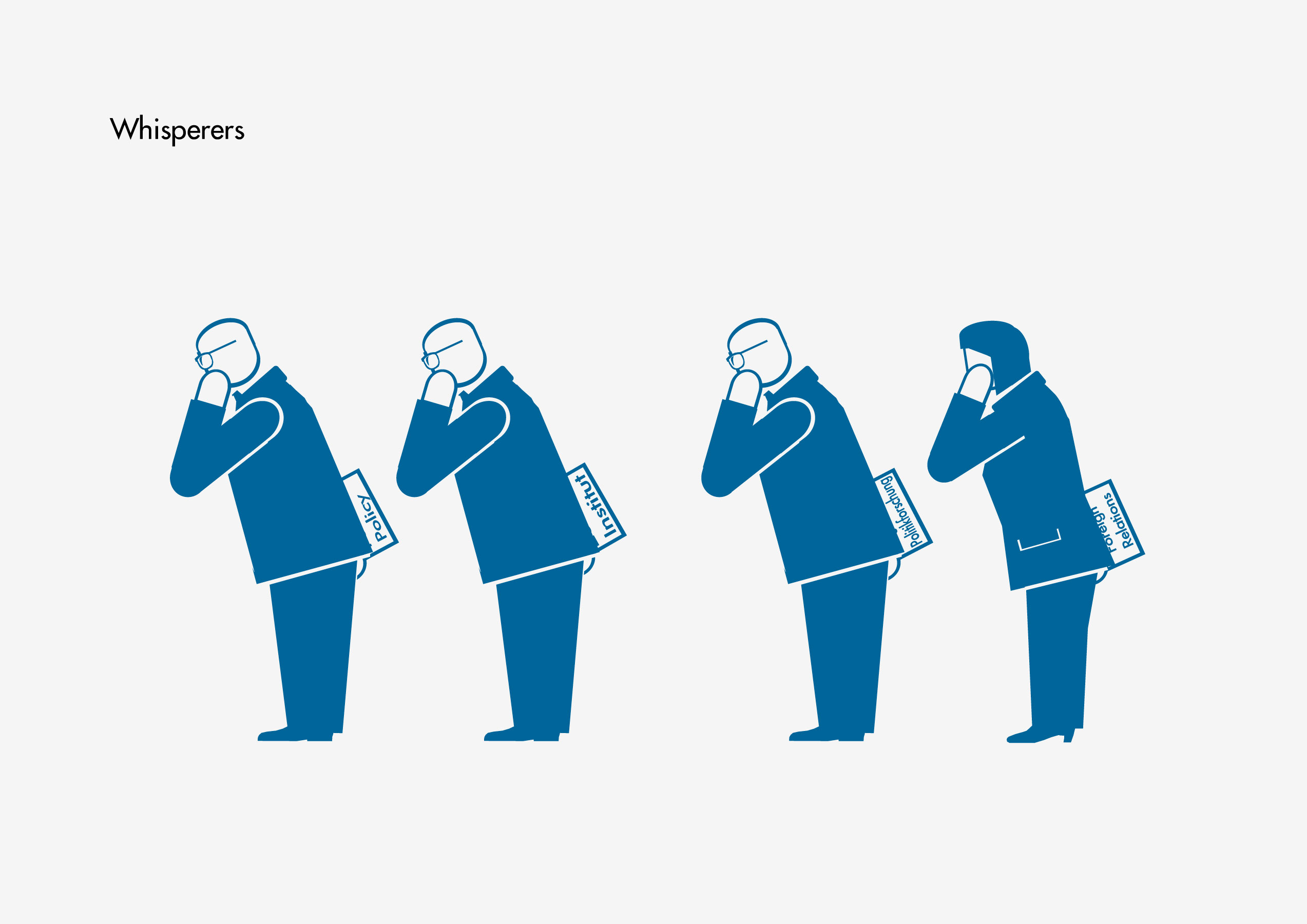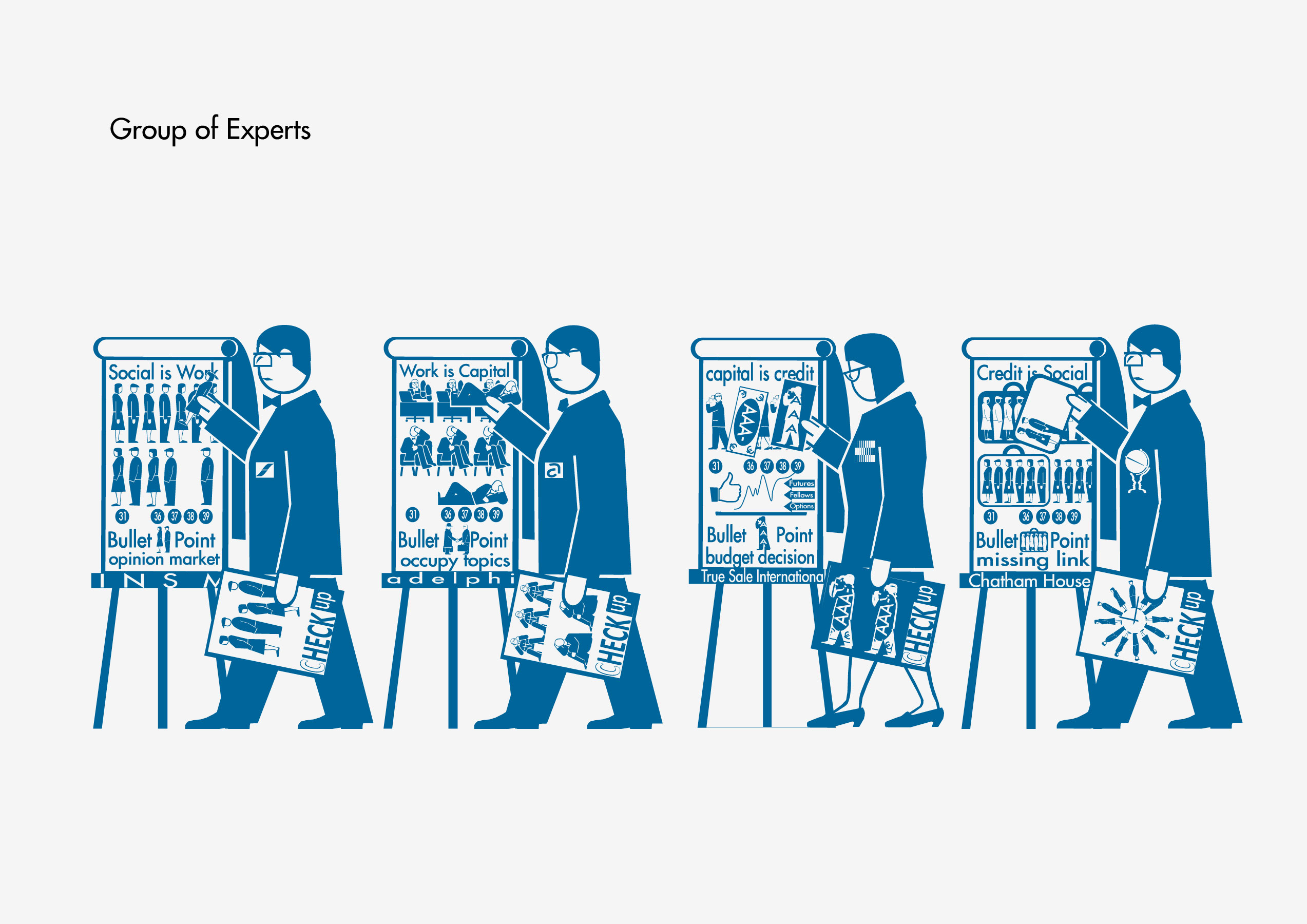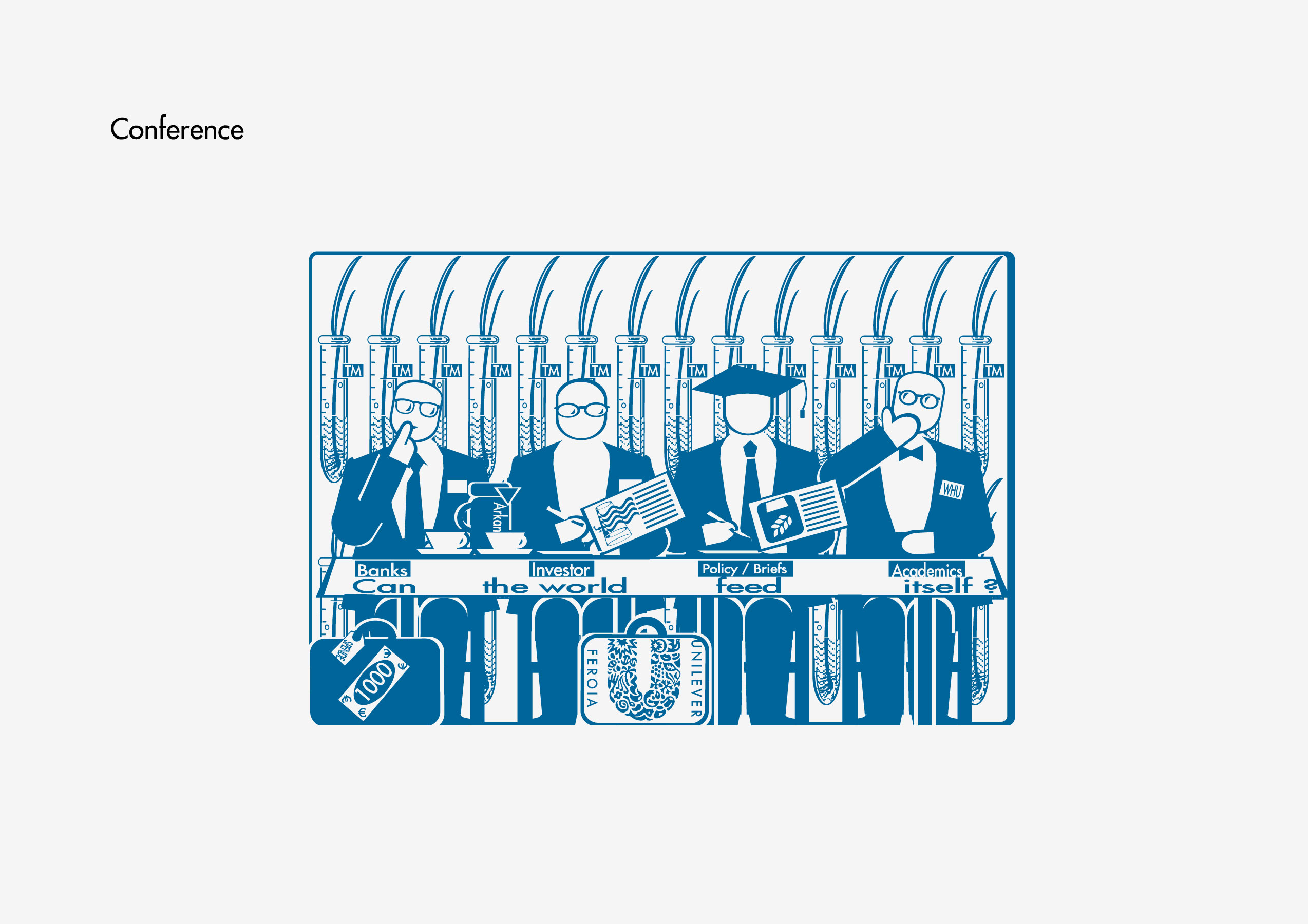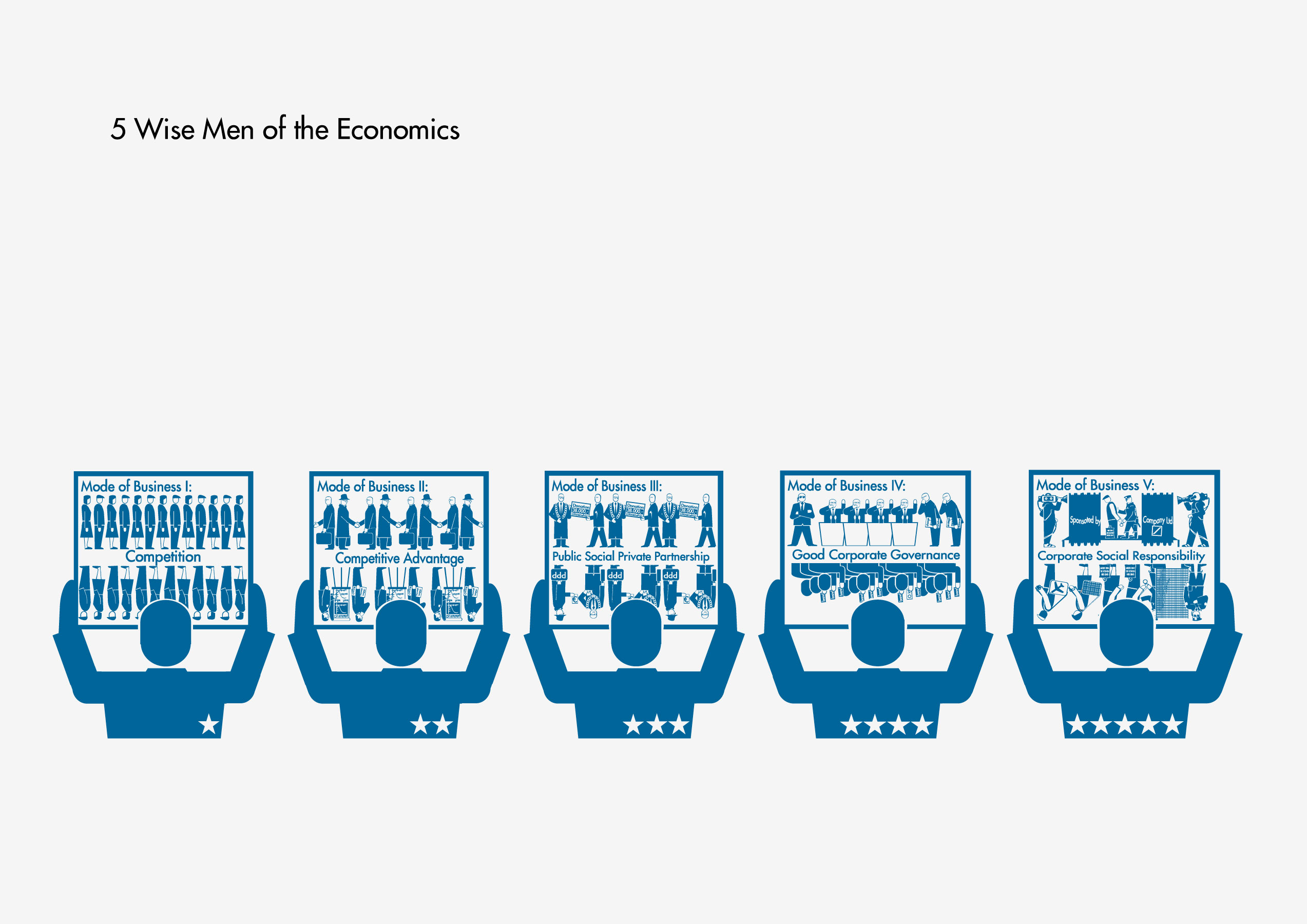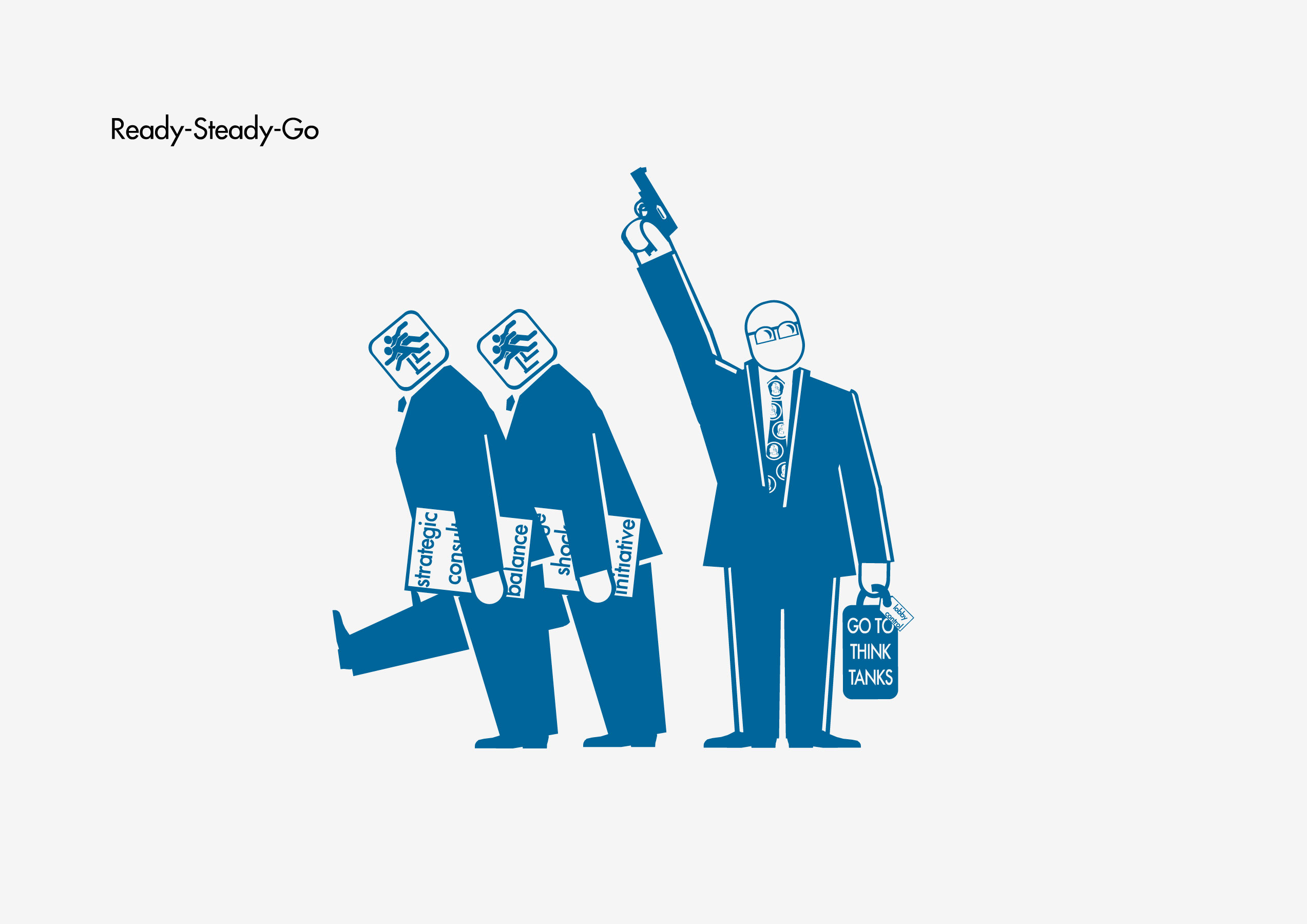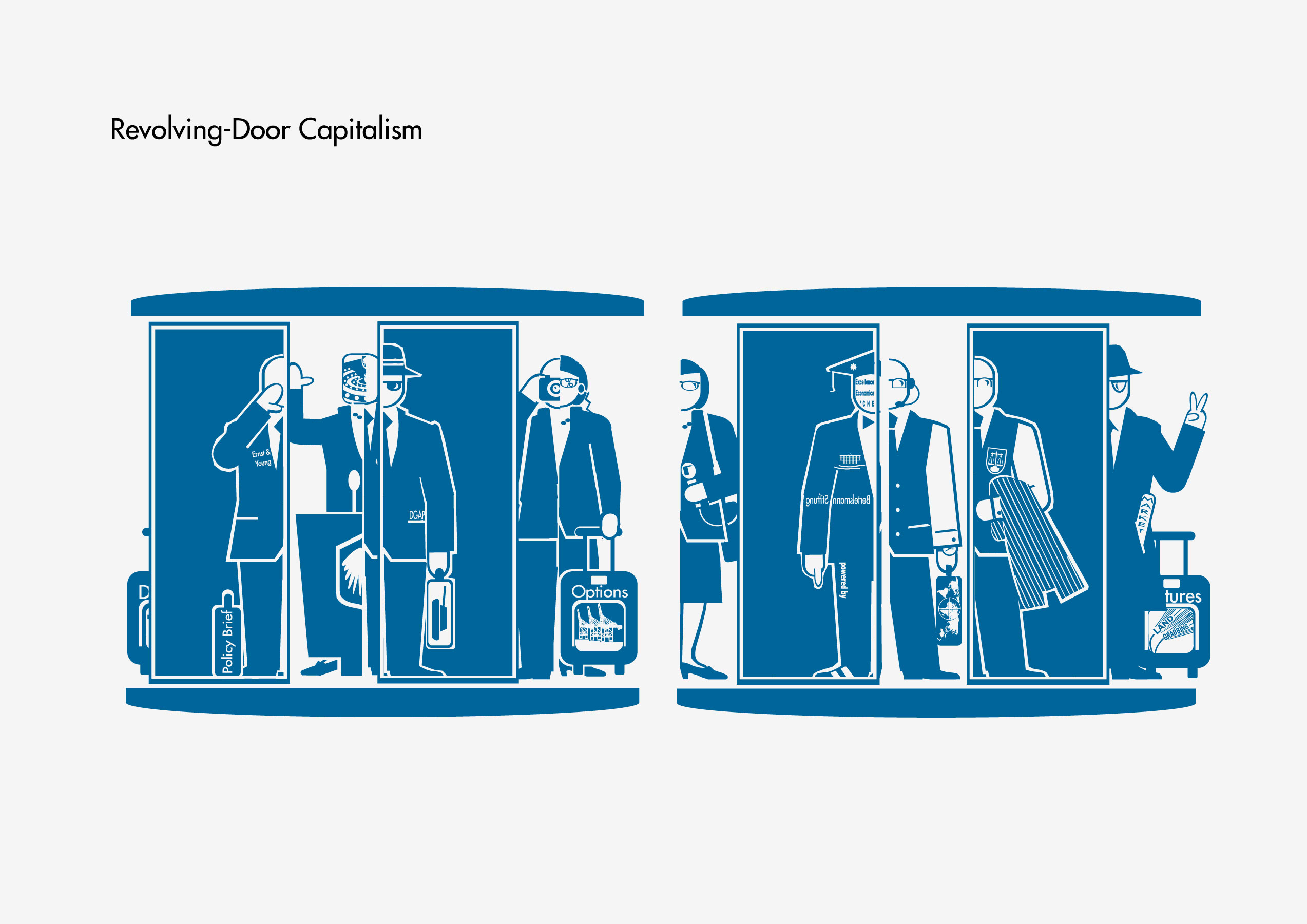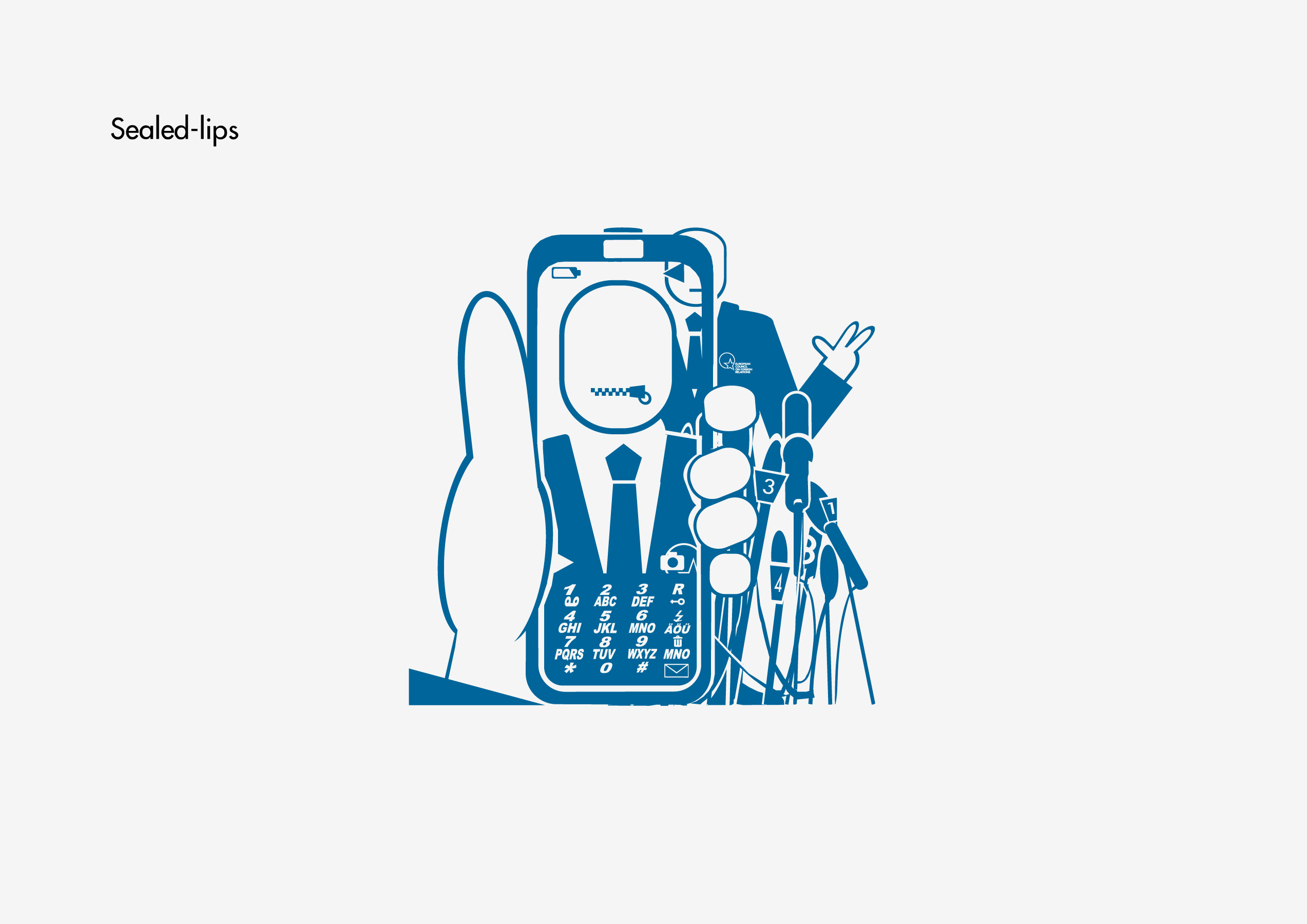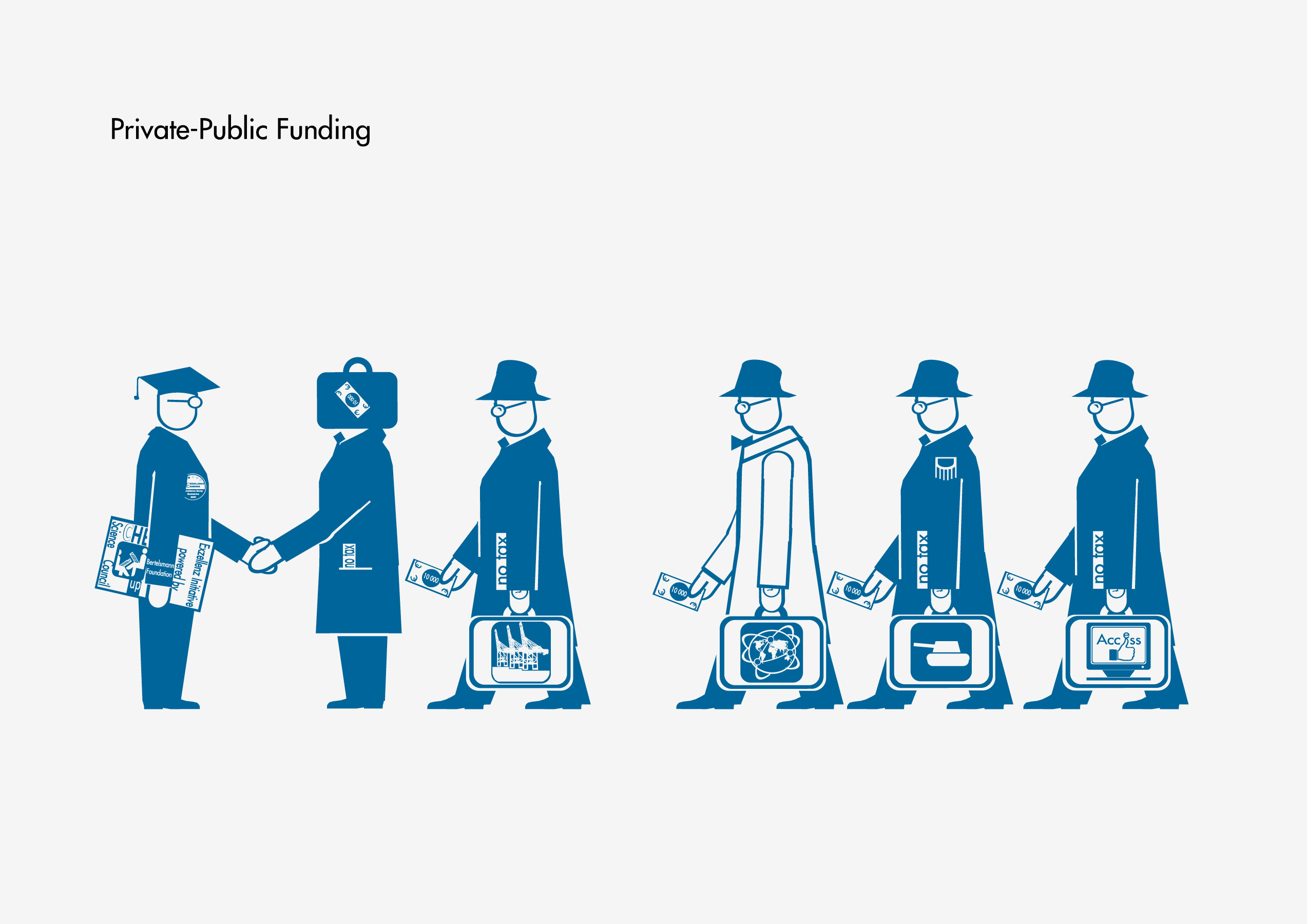A spectre is haunting more than just Europe; or rather, an undead zombie is stalking the lands. The “Idea of Communism”, as the title of two high-profile conferences and books has it, is both profoundly discredited through its identifications with Moscow-brand socialism and profoundly necessary in an age of spiralling inequality and the accelerating destruction of the basis of life itself. Protests proliferate, but also quickly dry up, from the Arab Spring and Occupy to (farce following tragedy) high-profile British comedian Russell Brand coming to the conclusion that the current form of representative democracy is broken beyond repair and that a revolution is needed, only to be told by another comedian to “read some fucking Orwell”.
Alain Badiou provided the starting point for the two aforementioned conferences and books with a text in which he revisits the history and possible future of communism as an “Idea located in the field of emancipatory, or revolutionary, politics”, an Idea that can never be limited to or contained by any specific party-political agenda: “to be a militant of a Communist Party”, Badiou observed, “was also to be one of millions of agents of a historical orientation of all of Humanity. In the context of the Idea of communism, subjectivation constituted the link between the local belonging to a political procedure and the huge symbolic domain of Humanity’s forward march towards its collective emancipation. To give out a flyer in a marketplace was also to mount the stage of history”.1
As Badiou has noted elsewhere, May ’68 was the last moment when a certain version of communism seemed possible and almost plausible.2 The integration and disintegration of the traditional working class in the west made Bolshevist or Maoist attempts to forge this class into a revolutionary proletariat goaded into action by a steeled party cadre obsolete. The idea of communism morphed, mutated, sometimes beyond recognition. Ideas of autonomous self-organisation by workers became a more general idea consisting of autonomous action by students, intellectuals, the unemployed and labourers. The dream of autonomia resurfaced in later multitudes – Genoa, New York, Cairo – always all too brief, yet with protracted echoes. Now that the Party’s over, organisation is frequently haphazard and informal, and events refuse to follow conventional scripts – though the scenario of an event losing steam and everybody dissipating and waiting for some future iteration that will in turn peter out in the same anticlimactic manner is becoming depressingly familiar.
This temporality of the almost-revolutionary event is however offset, in a kind of syncopation, by different sorts of projects – that sometimes involve the same people. Silvia Federici has argued that the “apparently archaic” notion of the commons provides “a ground of convergence among anarchists, Marxists / socialists, ecologists, and eco-feminists” after the demise of the discredited “statist model of revolution that for decades has sapped the efforts of radical movements to build an alternative to capitalism”. While Occupy Wall Street turned policed and semi-privatised public space into a temporary commons, the project of protecting and creating common spaces is ongoing. As Federici continues, “the neoliberal attempt to subordinate every form of life and knowledge to the logic of the market has heightened our awareness of living in a world in which we no longer have access to seas, trees, animals, and our fellow human beings except through the cash-nexus. … (New) forms of social cooperation are constantly being produced, also in areas where none previously existed, as for example the Internet.”3
Meanwhile, in her proposal for a “commonist ethics”, Susan Buck-Morss warns that “we need to reject creating an -ism out of any political or theoretical orientation – no communism, no capitalism, no Marxism, no totalitarianism, no imperialism – no isms at all. These are cosmological systems, economies of belief that resemble the medieval Christological economy (oikonomia) in that all their elements are internally consistent and logically satisfying, as long as there is no contamination by facts or events that, like illegal aliens of some sort, enter from the outside.”�4 For Badiou, we now only have the substantive of communism, the Idea, but no adjectives: no communist party, no communist ideology.�5 Buck-Morss turns it around: only adjectives, no nouns. Or perhaps communism needs to be verbed, as with the notion of communization, which “requires that we start thinking communism from within the immanent conditions of global capitalism rather than from a putatively radical or communist ‘outside’” (Benjamin Noys).6 The commons, too, are conceptualised in terms of forms of commoning.
The Situationist International has always insisted that there is no such thing as Situationism, and heaped scorn on anyone who suggested otherwise. In practice, scholars and theorists who would not dream of referring to “Situationism” in print, use the word as shorthand in conversation. In art, the danger of isms has always seemed less their tendency to become ironclad ideological systems and more their status as packaged hot air, soon to be followed by the next fashion. As Marcel Duchamp once put it in a telegram to the magazine ARTnews: “Bravo! for your 60 ism-packed years”. Today, in the age of Speculative Realisms and New Materialisms, philosophy has adopted what used to be an art-world modus operandi.
Under the circumstances, we propose to entertain the idea (with a lower-case i) of commonism as shorthand not for one of Buck-Morss’ frightening conceptual-ideological prisons, but for a constellation of practices and lines of thought that produce productive tension rather than neo-Stalinist conformity? Incidentally: In the early 1960s Andy Warhol tried to establish the term “Commonism” as a name for the art movement that would become known as Pop Art.7 Conversely, the label introduced slightly later by Konrad Lueg, Sigmar Polke and Gerhard Richter for their German version of Pop Art, Capitalist Realism, was recently appropriated by Mark Fisher for his trenchant analysis of contemporary capitalism.8
We will be presenting a loose series of articles on commonism here in Open! as the contemporary afterlife of the idea of communism; an afterlife after the Party, after the Proletariat as Revolutionary Subject, after the “statist” model of the revolution. The focus will be on commonist aesthetics, but here the aesthetic is obviously not conceived along the lines of aestheticism. The aesthetic pertains to the world of the senses – to a residually common world, as Terry Eagleton once put it. What “redistributions of the sensible” can aesthetic practice and theory imagine?
Commonist Aesthetics is a close collaboration of Open! with Binna Choi (Casco – Office for Art, Design and Theory, Utrecht) and Sven Lütticken.
